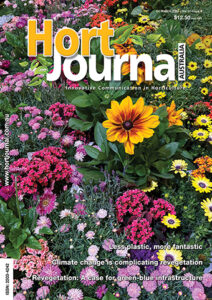
For the love of trees
I am constantly in awe of trees, especially big, sprawling trees. I love being around them, how they smell and look, and mostly what they provide us with. I love comparing the different types of bark, especially our beautiful Australian native trees; when I read an article recently about how trees give much more than we realise, I had to read on. It seems that microbes, called methanotrophs, have a symbiotic relationship with trees and absorb methane from the air. We all know methane contributes to global warming, so this sounds wonderful!
Methanotrophs are bacteria that consume methane, a potent greenhouse gas. They have been found living in association with trees like Melaleuca quinquenervia, for example. This tree, native to waterlogged environments such as wetlands, hosts methanotrophs in its root zone and possibly within its tissues. These bacteria consume methane produced in anaerobic conditions before it escapes into the atmosphere, acting as a natural biofilter.
Melaleuca quinquenervia has extensive root systems that thrive in oxygen-poor, methane-rich soils, creating an ideal methanotroph environment. This symbiotic relationship helps reduce methane emissions and enhances the tree’s ability to cope with fluctuating oxygen levels in wetlands.
The tree’s role in hosting methanotrophs offers a sustainable, nature-based solution for mitigating methane emissions. It also has broader implications for wetland management and conservation, as such species may contribute significantly to reducing greenhouse gas levels.
Other research has found that most trees emit small amounts of methane around the soil level. However, further up the trunk, trees start to absorb atmospheric methane. The CO² the bacteria produce is a less potent greenhouse gas than methane. The methanotrophs are removing the methane from the atmosphere at a large scale.
I saw Tim Pickles from Tim’s Garden Centre in Campbelltown, NSW, on the SBS TV show Insight. The show was about legacies; of course, Tim’s legacy is planting trees. He has planted thousands of trees in his area for years; he would be one of the original guerrilla gardeners planting out hospitals, schools, and public car parks because, as he said, of all the places that should have trees, there were none, so he went ahead and planted them. Just imagine if we all did this, what a difference it would make.
With a heavy heart, I write this next piece of information. Dr Chris Reed contributed to Hort Journal for many years, specifically writing about Horticultural Therapy while working at Kevin Heinz Grow. Sadly, he recently passed away. Chris was a thorough gentleman and a gem to work with, writing relevant articles about the work he so passionately did. Just before I started to write this editorial, I looked back at some of his articles, and the last one he wrote was titled ‘Working together to rehabilitate country’. Reading this article moved me so much that I thought I should re-run it again in this issue. What an intelligent, thoughtful and proactive human being he was. He will be missed by so many. May he rest in peace.
Enjoy the read
Karen Smith and your Hort Journal Team
